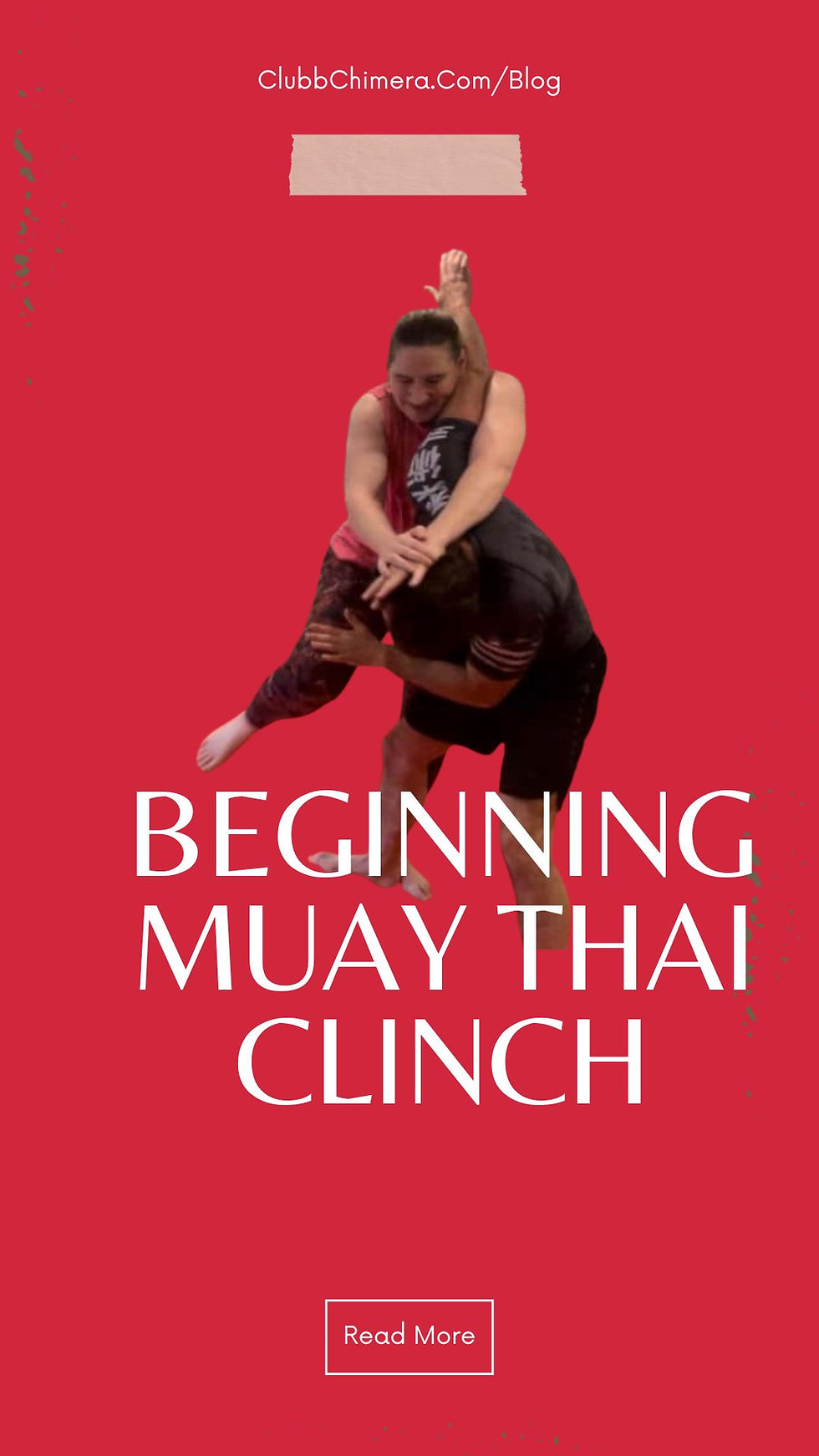Sparring Plan (diary entry)
- jamie03066
- Sep 1, 2021
- 3 min read

31.09.21 My second lesson on Tuesday was also a teacher consultancy lesson. This time it is a teacher development course for Denmark's Holstebro Taekwondo Klub where they are devising a series of sparring and pressure-testing lessons for their students. They have a very exciting a progressive programme that is created to provide a rich variety of relevant information. Classes include their regular competition sparring, kickboxing, grappling and self-defence/hard skills. This will be part one of an 11 hour teacher development course. We opened the discussion with the importance of ensuring these 3 x 1.5 hour sparring classes they will be running on each area are carefully time-managed. If sparring and pressure-testing are the order of the day then there must be plenty of time dedicated to actual live training - not pad-work, shadow-work, compliant technical work or even any drilling that is not going to directly lead to sparring. HTK clearly take the matter of testing their student's abilities very seriously and want to ensure that training - whether it is in a sporting framework, for attribute training or for self-defence - does not become an abstract concept. We also discussed how these lessons should be designed to better develop student confidence in being able to fight and levels of intensity must be addressed at all times along with building trust amongst fellow students. My approach is to have students perform the same basic technique on one another, drill it and then immiediately implement it into a resistance-based activity. This can also be performed in a feedback loop fashion and I also discussed a flow-to-fight method where students drill then fight then drill then fight and so on. This teaches fast reactions and regular awareness of positioning. For the kickboxing sparring lessons, they already wanted to start with the jab. We agreed to begin with western boxing before adding on the other tools found in kickboxing/muay Thai eventually leading to some form of clinch work. I described timing exercises that can be increased with intensity to becoming a sparring activity, beginning with the jab. The first lesson will deal with boxing. The second lesson will layer on front and round kicks. The third lesson will layer in knees and extra punches as well as a small amount of clinching. For the grappling sparring lessons, we began with the stand-up range. Bulling is a great way to first drill collar and elbow ties into a type of grip-fighting. Pummelling is a great way to drill under-hooks/over-hooks into a type of close-range positional fighting where you can lead onto attacking/defending the back and body-locks. Having dealt with the high and mid-lines of attack, I then discussed sweeping and ankle-pick games to address low-line attacks. Ground is divided into top and bottom training. They are going to use Iain Abernethy's ground kata as a good basis to suggest pins and guard positions we can work from the ground. The programme will be stand-up in the first lesson, ground in the second and both together in the third. It was agreed that the competiton taekwondo will be totally down to the instructors who have far more knowledge and expereince than me in this matter. Hard skills will look at all aspects of pressure-testing from pre-emptive strike to multiple attack situations. We discussed the pros and cons of scenerio work and the benefits of training more generic pressure-testing. My view was to put asymmetrical and specific training as a guiding priority. https://clubbchimera.com/services/













Comments